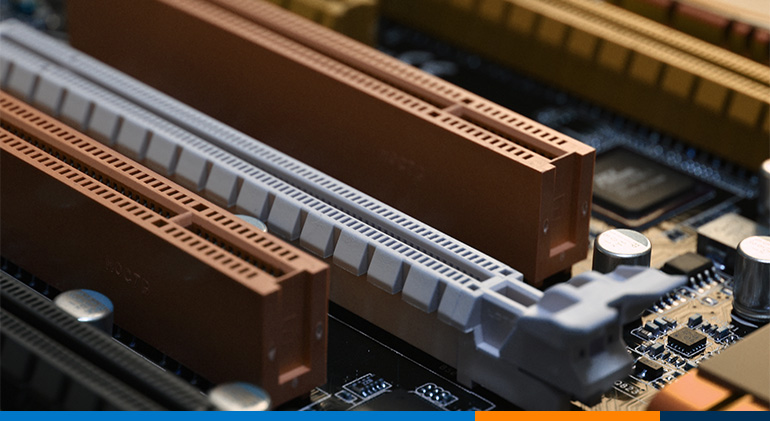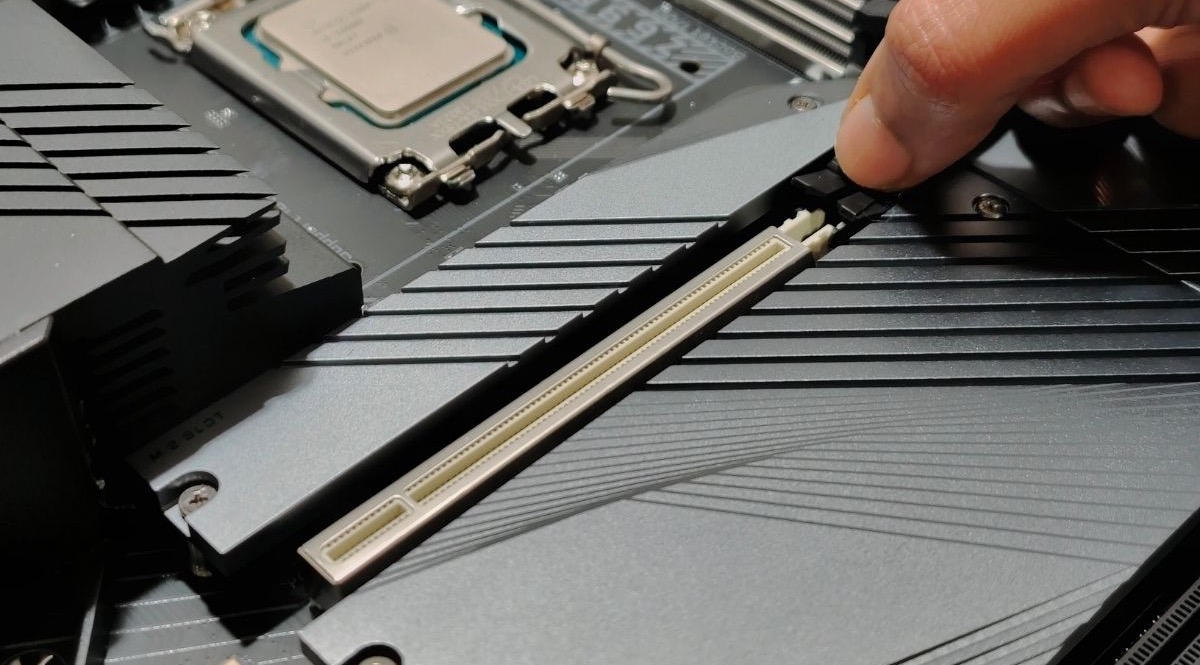PCIe 5.0 interface was introduced in 2019. After about three years, people can get their hands on PCIe 5.0-compatible devices. But the prices of PCIe 5.0 devices are extraordinarily high. So, the question arises, is PCIe 5.0 worth it? To answer this question, we will discuss the major advantages and disadvantages of PCIe 5.0 devices and see how they are an improvement.
So, without further ado, let's get right into it!

Advantages of PCIe 5.0
1. Higher Bandwidth
PCIe 5.0 lanes provide a higher data bandwidth thanks to advanced features and improved hardware. Its predecessor PCIe 4.0, could do 16 giga transfers in one second per lane. At the same time, PCIe 5.0 lanes can achieve a bandwidth of 32 giga transfers per second.
This results in a higher rate of data transfer. PCIe 4.0 has a maximum bandwidth of 32 GB/s for one lane. PCIe 5.0 has doubled this transfer rate to 64 GB/s. The major reason why PCIe 5.0 are capable of transferring more data is due to its improved architecture.
2. Enhanced Lane Configuration
The lane configuration of PCIe 5.0 has been enhanced in so many ways. One of those is the ability of each lane to split up in virtual data transfer channels. This enables a connection between a PCIe 5.0 lane and multiple devices. All devices will use the same physical lane but achieve higher performance levels.
Optimizing signal integrity is another factor that has enhanced the lane configuration of PCIe 5.0 cards. Using a technique called lane margining, the quality of signals is improved. It allows for adjustments to the voltage and timing of each signal to ensure integrity.
3. Improved Power Delivery
The latest graphic cards and chips draw more power. To satisfy the needs of these power-hungry devices, PCIe 5.0 offers improved power delivery. The 8-pin connectors of the PCIe 4.0 interface could supply only 150 watts per slot. On the other hand, PCIe 5.0 slots can supply up to 300 watts, thanks to the new 16-pin connectors.
Improved power delivery has two benefits. One is obviously that you can now use more power-consuming chips. Another benefit is that performance chips that used all 16 lanes would now run on eight or even fewer lanes. It makes the additional lanes available for use by other devices.

Disadvantages of PCIe 5.0
1. High Initial Cost
The higher initial cost of PCIe 5.0-compatible hardware is probably the biggest disadvantage. The prices of cards based on PCIe 5.0 can go over $400, whereas the ones with PCIe 4.0 compatible lanes can be bought for half the price.
Here it is very important to understand what makes PCIe 5.0 more expensive. Well, for one, it is the cost of associated hardware to build modern chips that provide higher bandwidth. Like other new technologies, the prices of PCIe 5.0 devices will remain high for some time.
Once PCIe 5.0 devices become readily available, the prices will sharply decline. With the inauguration of 6th generation PCIe, PCIe 5.0 devices will become a more common sight.
2. Limited Availability
Only a handful of SSDs, RAMs, and motherboards on the market claim PCIe 5.0 compatibility. The rarity of PCIe 5.0 devices not only adversely affects their price tags but also makes them harder to find. You might be able to get one PCIe 5.0 compatible device while missing the other.
The major hindrance to the wide availability of PCIe 5.0 devices is the fact that very few places need them. PCIe 4.0 seems to be doing a fine job for most users. However, for high-level content creation and data center applications, PCIe 5.0 might be a better choice.
3. Limited Performance Benefits
It might be too soon to opt for a PCIe 5.0 device until all the other hardware of your computer has been upgraded. PCIe 5.0 can transfer data at ridiculously high rates. It isn’t necessary that the CPU and SSD of your computer will fully utilize the increased bandwidth.
Although all PCIe generations are compatible with each other, the performance benefits are limited by the lower generation. For example, if you connect a PCIe 5.0 SSD with a PCIe 4.0 generation motherboard, you will get reading and writing speeds of PCIe 4.0 instead of PCIe 5.0.
Final Word; Is PCIe 5.0 Worth It?
PCIe 5.0 offers higher bandwidth, enhanced lane configuration, better features, and improved power delivery. This translates into a better user experience with lower latency and negligible error rates. However, roadblocks such as higher initial price, acceptance, availability, and limited performance benefits due to compatibility issues must be addressed.
So, to answer the question, is PCIe 5.0 worth it? Well, there is no denying the advanced features and technology of PCIe 5.0 devices, but they might not be suitable for regular applications. Only a handful of people can expect to reap maximum benefits from PCIe 5.0. These data centers have high-performance computing workloads or individuals focused on high-level content creation.
In short, PCIe 5.0 is worth it but only for some applications. I hope you liked this article. Please let us know your thoughts on the PCIe 5.0 technology in the comments below. We would love to hear from you guys.